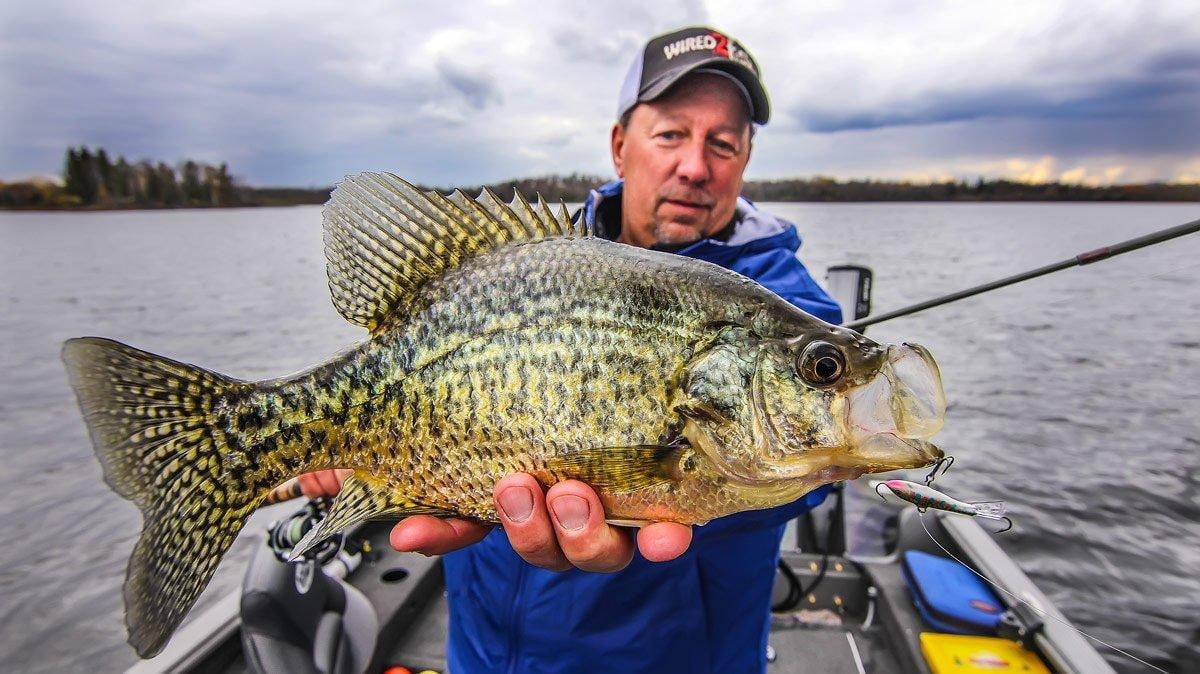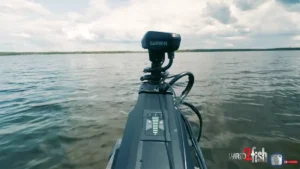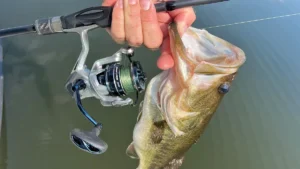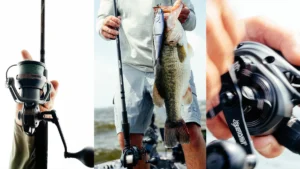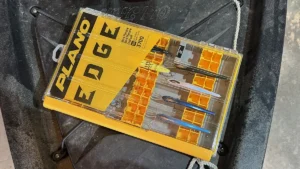There is a lot of carryover in fishing. Bass baits borrow ideas from musky guys. Walleye guys borrow techniques from bass guys. Lures get repurposed for uses other than intended all throughout fishing. One of those such lures a variety of anglers find useful from bass fishing to ice fishing is the Rapala Jigging Rap.
I’ve been fishing it this winter more on the advice of some of my northern friends who kept raving about all the bass, crappie, bluegills and more they had been catching on them in fall and winter. It’s proven itself for decades for fish under the ice but many anglers have been using them with great success in open water.
Al Lindner probably gets credit for employing the Jigging Rap for open water applications. But lots of anglers from the professional ranks have used jigging raps while trying to keep them under wraps. Brandon Palaniuk had a top 10 finish on Cayuga Lake thanks in large part to the Rapala Jigging Rap.
So I thought it would be a good time to let other folks know about what I found with this lure recently while testing it out on winter bass. Here are some of the things that make it unique for bass fishing as well as other species:
- Compact but erratic
- Easy to fish
- Can be tipped
- Fishes vertically and horizontally
- Good landing percentage
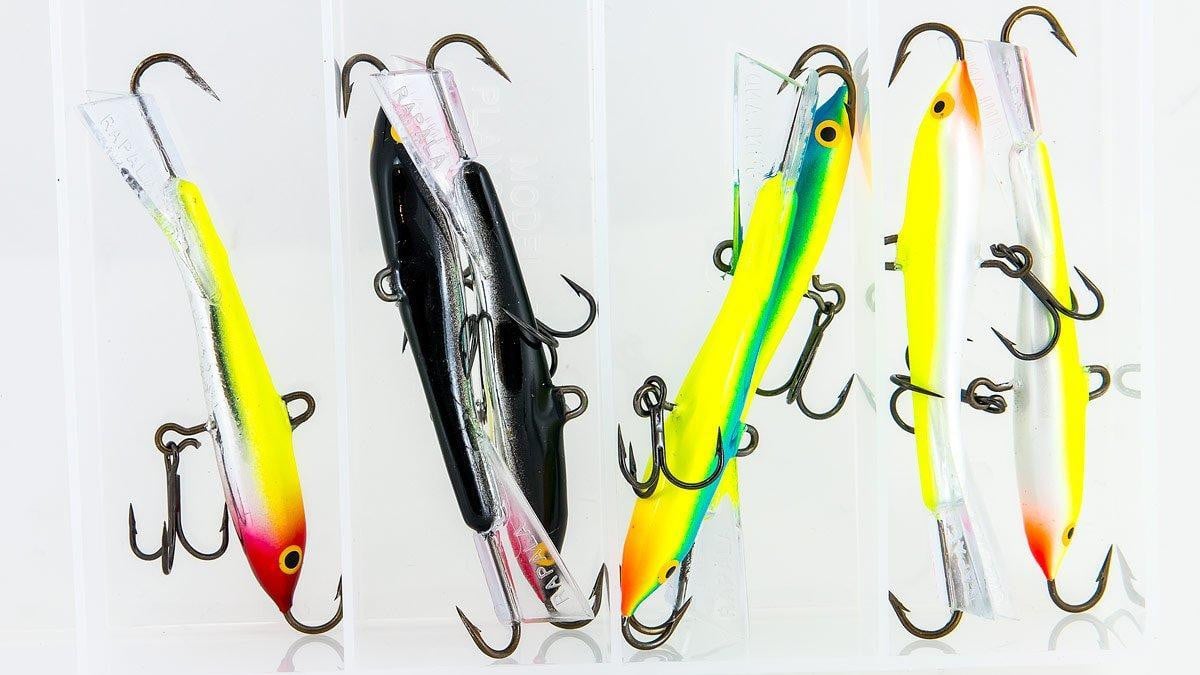
Sizes to fit all sorts of occasions
The Rapala Jigging Rap comes in 5 sizes (02, 03, 05, 07 and 09) from 1/8 ounce to 7/8 ounce and from 1 1/4 inches long to 3 1/2 inches.
I fished mostly with the 07 size which weighs roughly 5/8 ounce. It comes with a single hook on the nose and rear that is molded into place for a solid jig like hook as well as a center treble hook. The tail section has a planing fin that causes the jig to spiral back down in a circle. So it hops up erratically and lands erratically back on the bottom. The fish really react to its profile and size in deep water.
The nice thing is you can choose from several different sizes to get a slower, subtler fall. Or you can choose a heavier, bigger size for aggressive fish. Or you can match the size to the fish you are after. The 02 and 03 sizes are great for panfish, the 5 is great for crappie and the 7 and 9 are great for bass and walleyes.
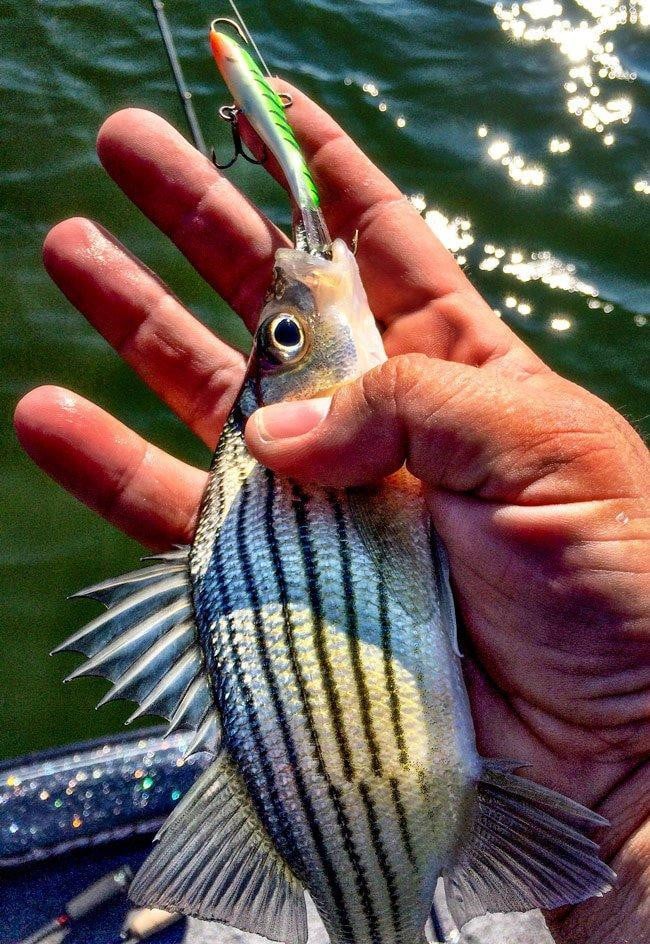
Nothing to it
Most folks just open or engage the bail and drop it to the bottom and then employ a series of short to aggressive hops with the rod tip. The colder water I tried to keep it pretty close to the bottom with short slow hops. If you catch fish on a jigging spoon in the summer fall or winter, you might want to check out this as another viable option with a slightly different action.
You can cast it out and work it too. But a word of caution, you should only do that on clean smooth bottoms like sand or gravel. If there are big rocks, wood or weed, you’re going to be more likely to get hung when casting as opposed to fishing more vertical with it.
If you’re fishing for really lethargic winter bass, you might try tipping the center hook with some sort of wax worm, chunks of earth worm or something else alive.
But I’ve been waxing the white and yellow bass on Kentucky Lake with one with no live bait on it. It’s very effective for bass as well. I basically use my electronics to find fish grouped up near the bottom and drop right on them. I like that it pretty much will catch whatever it is you see on the screen. It’s like my hunting cam for fishing deep this time of year.
What it looks like underwater

Hook ‘em and land ’em
The hooks on the Rapala Jigging Rap work really well. So you drop on the fish, give it a jerk or two and then reel into the fish and wind them up. It’s really simple but very effective for coaxing schooled up fish to bite and then landing them, regardless of species.
You can find them for sale online at these retailers:
